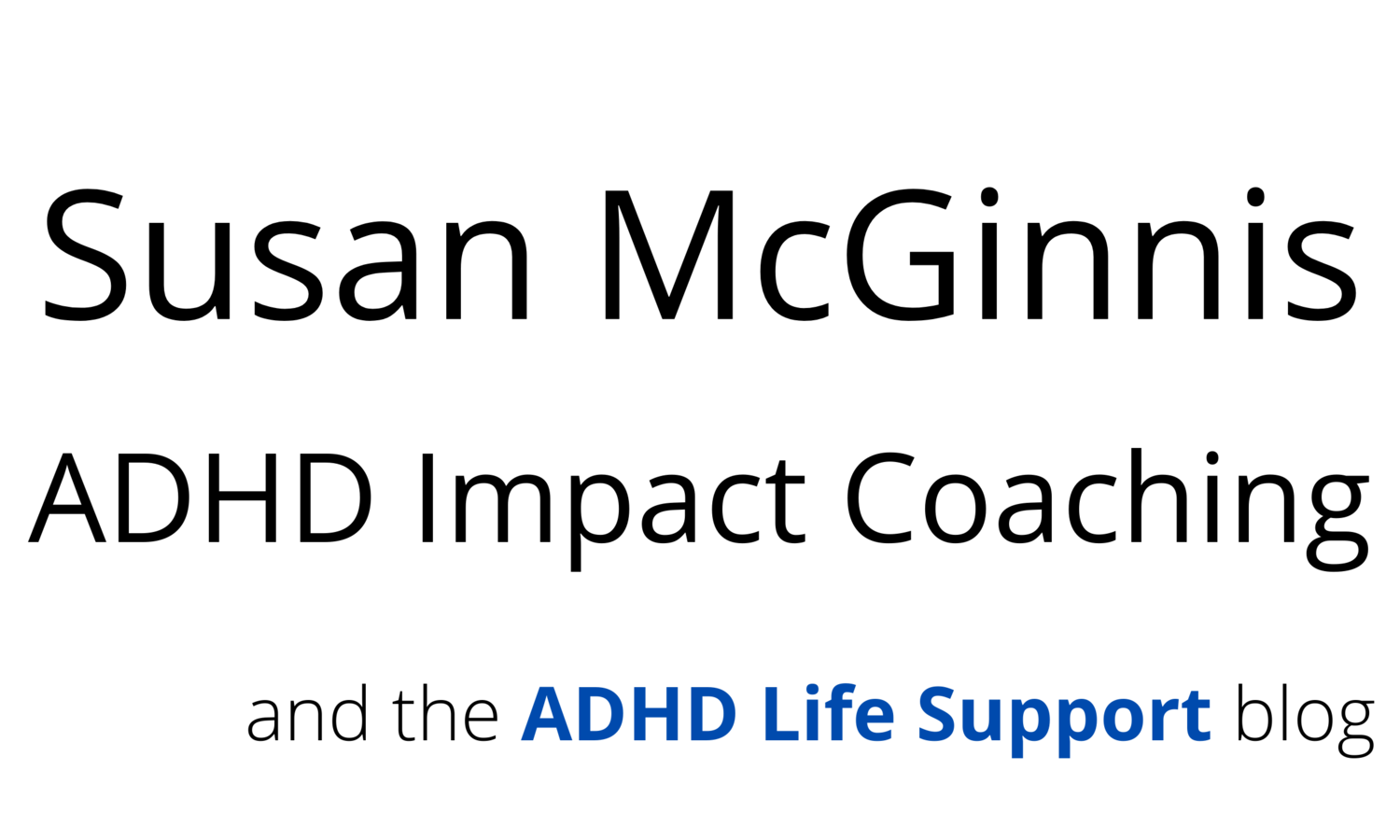How to Set Expectations for More Success
Productivity and efficacy (the ability to get what you want) are equations: input (what you expect), and output (what actually happens). I’m pointing out that there are two inputs to these needs that are critical to feeling at peace; as humans, we tend to not question our expectations and then feel disappointed when they do not manifest, rather than do our due diligence in setting expectations.
If you get that much, you don’t need to read further! Just go practice.
If you want to think through this more, some background may be helpful — so let’s talk about the how of setting expectations: around what we do, what we get, and the experience of life we’d like to have.
Are you operating with expectations that are not fully developed? Where do they come from?
Take the “to do” list, for example. If your list is an unprioritized list of every idea you have of what you could do, and you are frustrated at your lack of progress on checking things off — maybe the problem lies within the list, not the lack of progress.
How do you set expectations? By asking questions!
Such as:
What outcome do you expect?
What about it is important?
How much is under your control, about this?
Why does it matter?
To whom does it matter?
When will you do it?
How much time and energy will it take?
Do you have that time and energy available?
Are you willing to spend your time and energy for this?
Who will do what? Is this for you to do, or someone else?
What is needed?
What/Whose support is required?
How will you know your expectation has been met?
What if this expectation is not met - what will you do?
You can copy these questions - and add your own - to create a worksheet to use during your planning practice, or whevever you notice feelings of disappointment or fear of failure.
ADHD Life Support is the blog of
Susan McGinnis, CALC of ADHD Impact Coaching LLC
Coaching adults with ADHD www.adhdimpactcoaching.com
